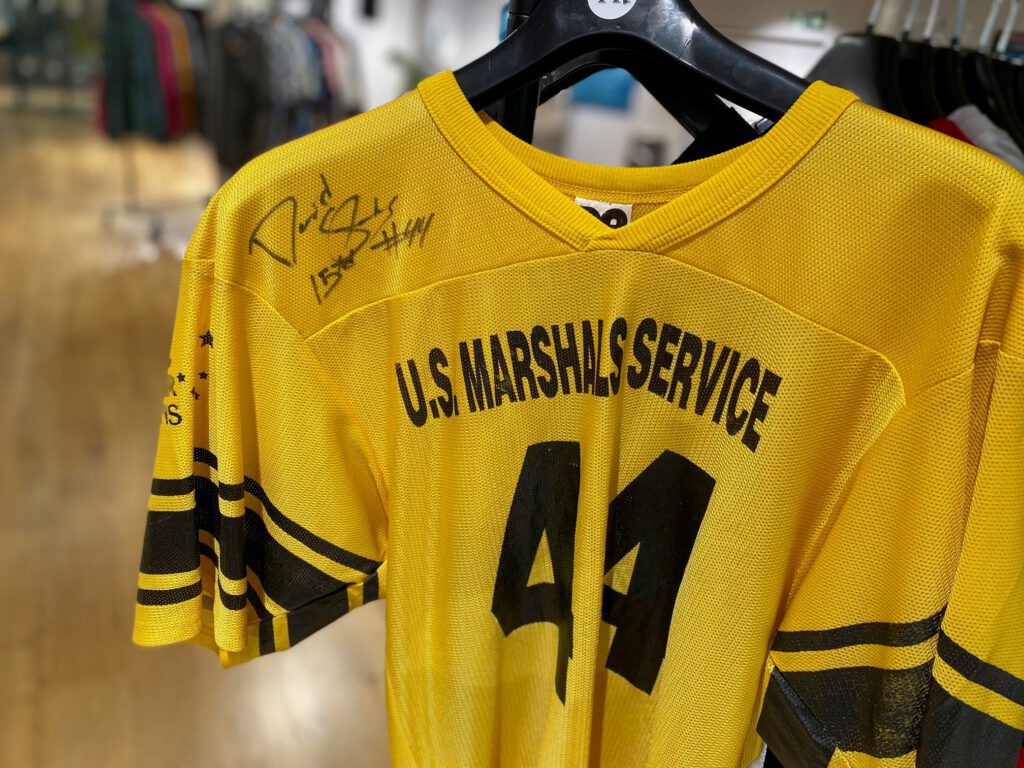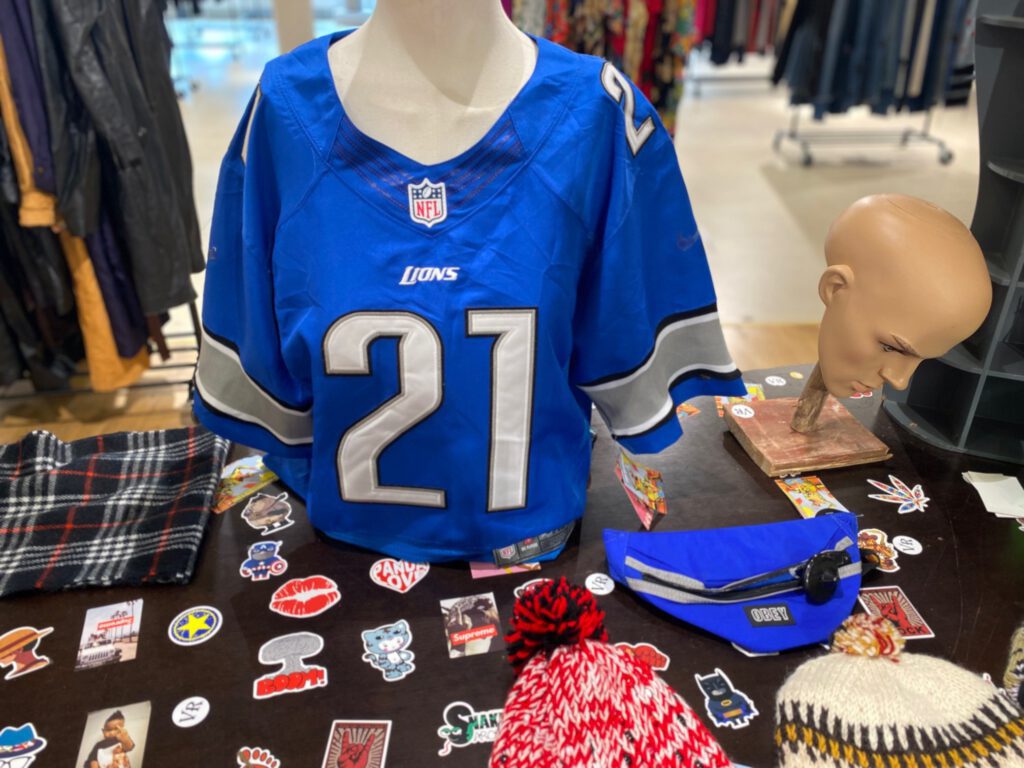Why will Nick Kurtz rookie cards hold significantly greater value ten years from now than many of the prospect cards dominating today’s headlines? The answer begins with the remarkable way he has already shaped the baseball card market.
Few modern players have generated such a dramatic and immediate response. His historic six-for-six performance with four home runs didn’t just make highlight reels — it fundamentally shifted collector behavior. Within hours, prices on his key cards leapt into entirely new territory. First Bowman autographs pushed into four-figure ranges, while Topps Chrome rookie autograph redemptions accelerated from mid-tier pricing into levels typically reserved for the most elite early-career names. This rapid, measurable reaction signals more than hype; it reflects a collector base that sees Kurtz not just as a breakout, but as a long-term foundational player.
A Different Kind of Momentum
What sets Kurtz apart is the nature of the momentum behind him. Many prospects rise on projections, narrative, or early flashes that fade with normal seasonal volatility. Earlier examples from this year — Jack Caglianone, Roman Anthony, Jacob Wilson — saw swift price spikes followed by equally swift corrections once the novelty wore off or performance normalized. Their markets behaved predictably: speculation rises, collectors rush in, supply catches up, and prices fall back into balance. Kurtz’s rise is built differently. His market didn’t move because of potential; it moved because he delivered elite, undeniable production on the field. That type of movement builds a different kind of collector confidence. It signals that demand is not only emotional but anchored in the very real possibility that Kurtz is developing into a high-impact major league presence.
His position is further strengthened by the current structure of trading card releases. The most recent Topps Chrome cycle featured an expanded base checklist and an autograph lineup that many collectors viewed as thin, reducing the clarity of what the true chases were. Few rookies generated meaningful enthusiasm on the refractor or color side. Against that backdrop, Kurtz became an instant gravitational force. Even as a redemption, and even without a base Chrome rookie card until the Update release, his autograph dramatically altered the perceived value of the entire product. When a single player can shift how collectors view a flagship release that was otherwise struggling for identity, it indicates a level of sustained interest that often leads to long-term value stability. Kurtz didn’t just fit into the product — he defined it.
Grading Dynamics That Support Long-Term Value
This long-range value potential is also amplified by the current grading landscape. As collectors navigate uncertainty surrounding several grading companies, the long-term winners will be those cards that enter stable, trusted grading ecosystems early. PSA remains the market leader due to consistent investment and performance, and most high-value Kurtz cards are likely to end up in PSA slabs.
Clear population reports and predictable demand structures typically benefit cards with early momentum, and Kurtz fits that profile perfectly. CGC has an opportunity to strengthen its position if it focuses on turnaround time and core submissions, while Beckett’s brand name alone is insufficient to reclaim sustained confidence. Regardless of how the competition evolves, Kurtz cards are entering the grading pipeline during a period when collectors are paying closer attention to consistency, accuracy, and long-term trust — all factors that contribute to enduring value.
The final reason Kurtz rookie cards are positioned for long-term relevance comes from historical market patterns. Every decade produces a handful of players whose early dominance, strong prospect pedigree, and immediate market impact compound into sustained collector demand. When a player establishes himself as the clear focal point of a prospect class — especially during a period when other high-profile names are underperforming or losing market traction — that player often becomes the defining long-term hold of the era.
Kurtz’s blend of elite performance, early market conviction, scarcity in premium products, and lack of comparable competition among current rookies creates a unique environment for value growth over time. While most prospect cards surge briefly and fade, Kurtz has already established the foundation required for his rookie cards to remain significant — not just next month or next season, but a decade from now.


